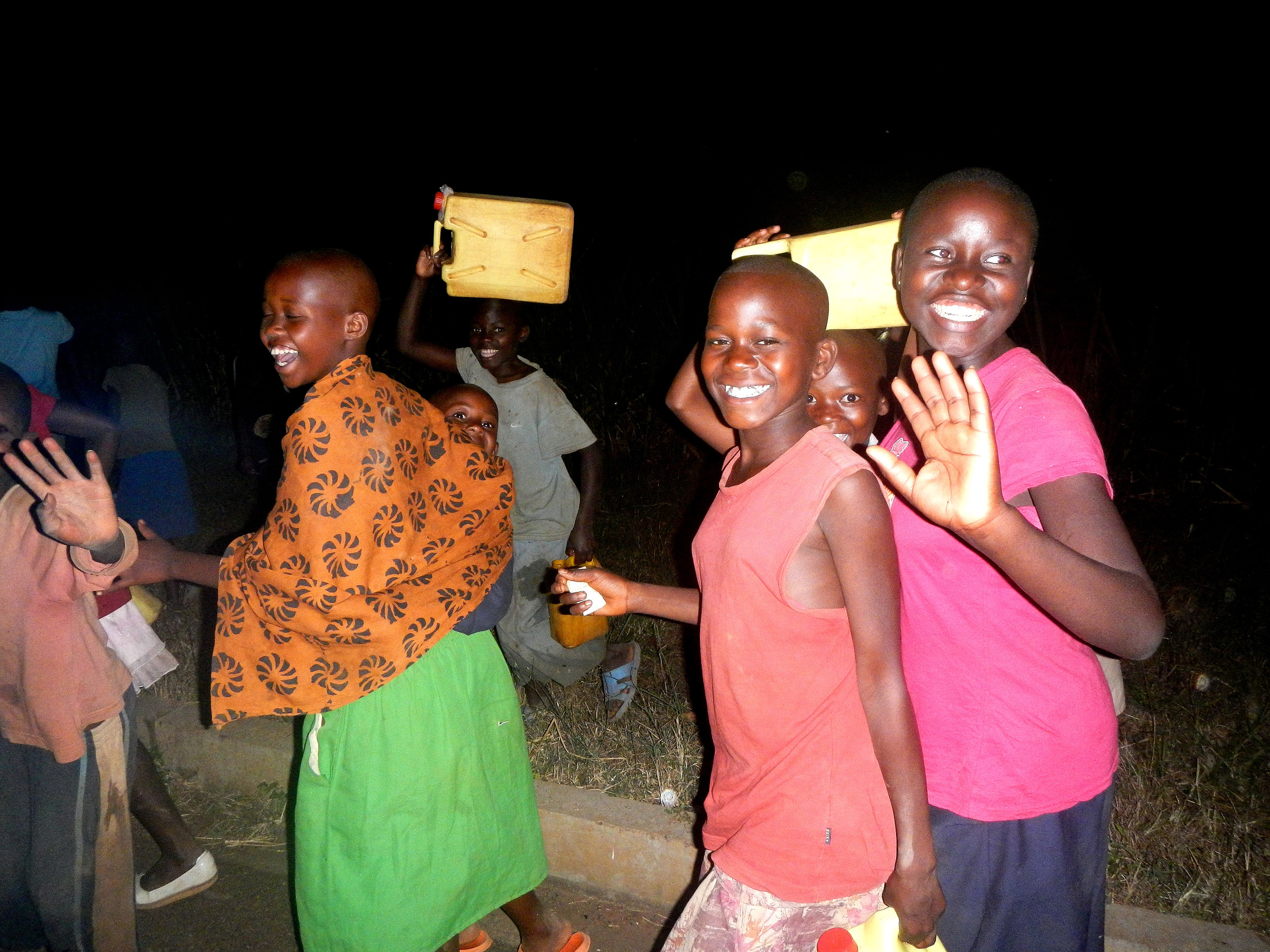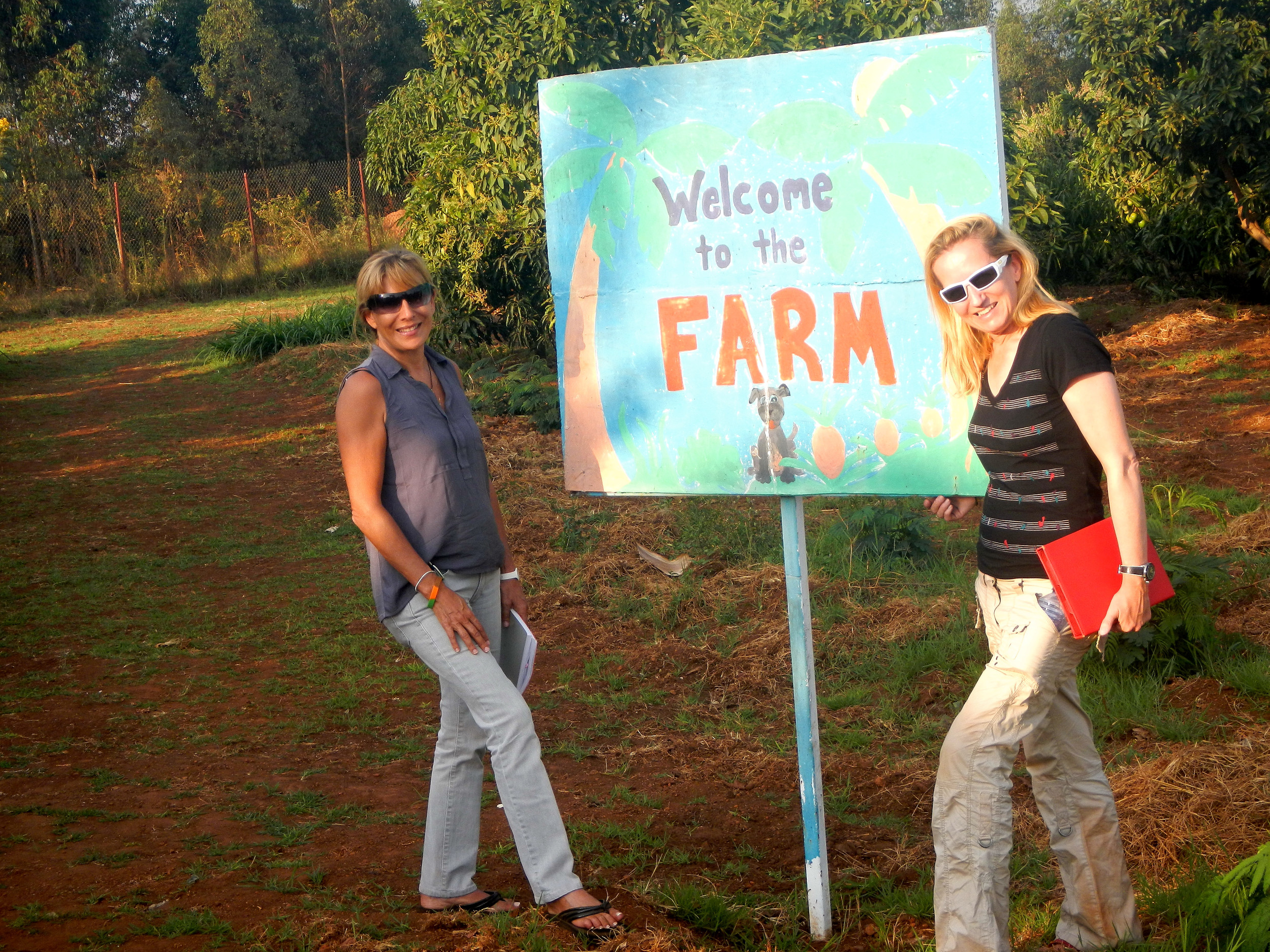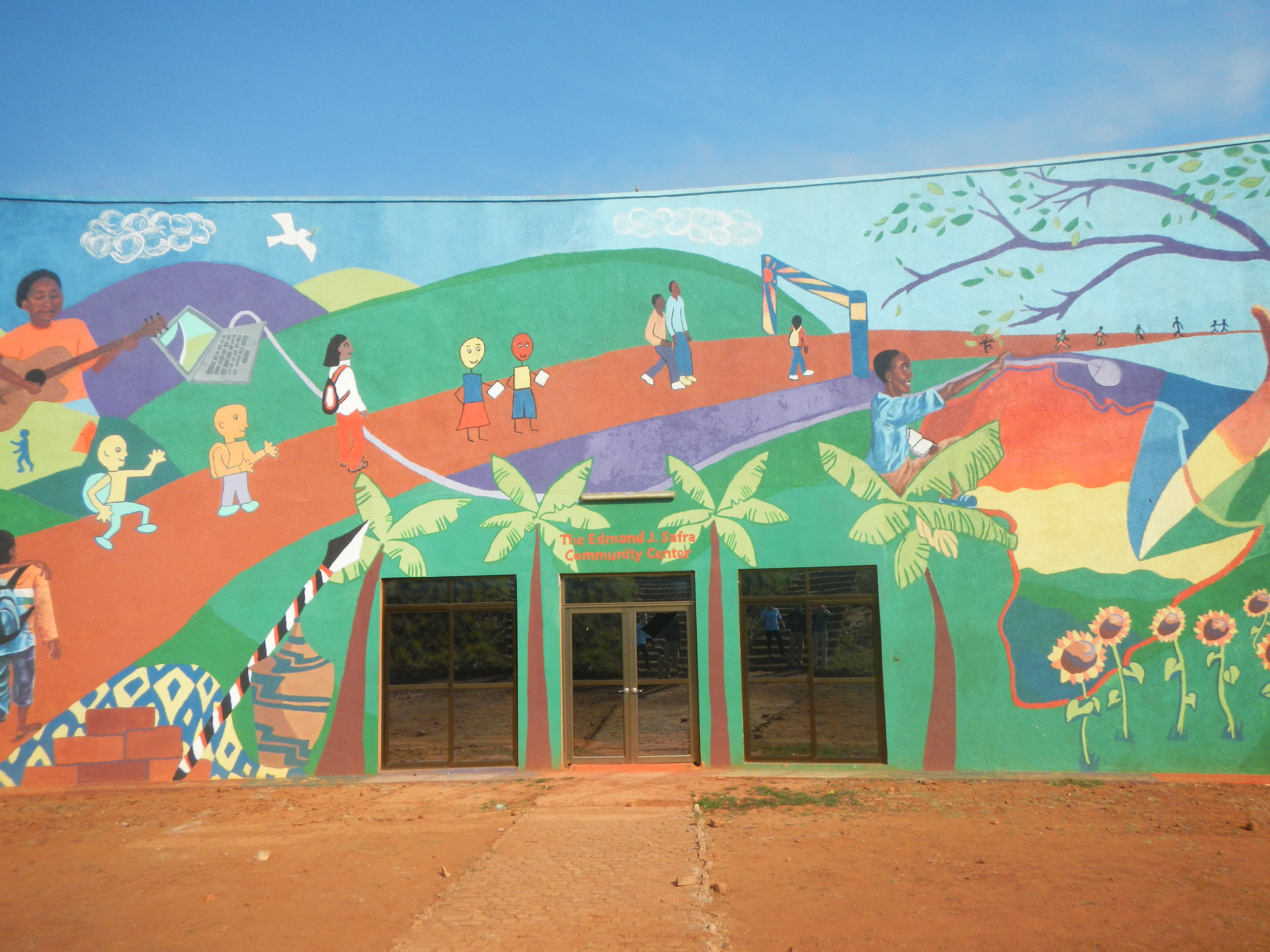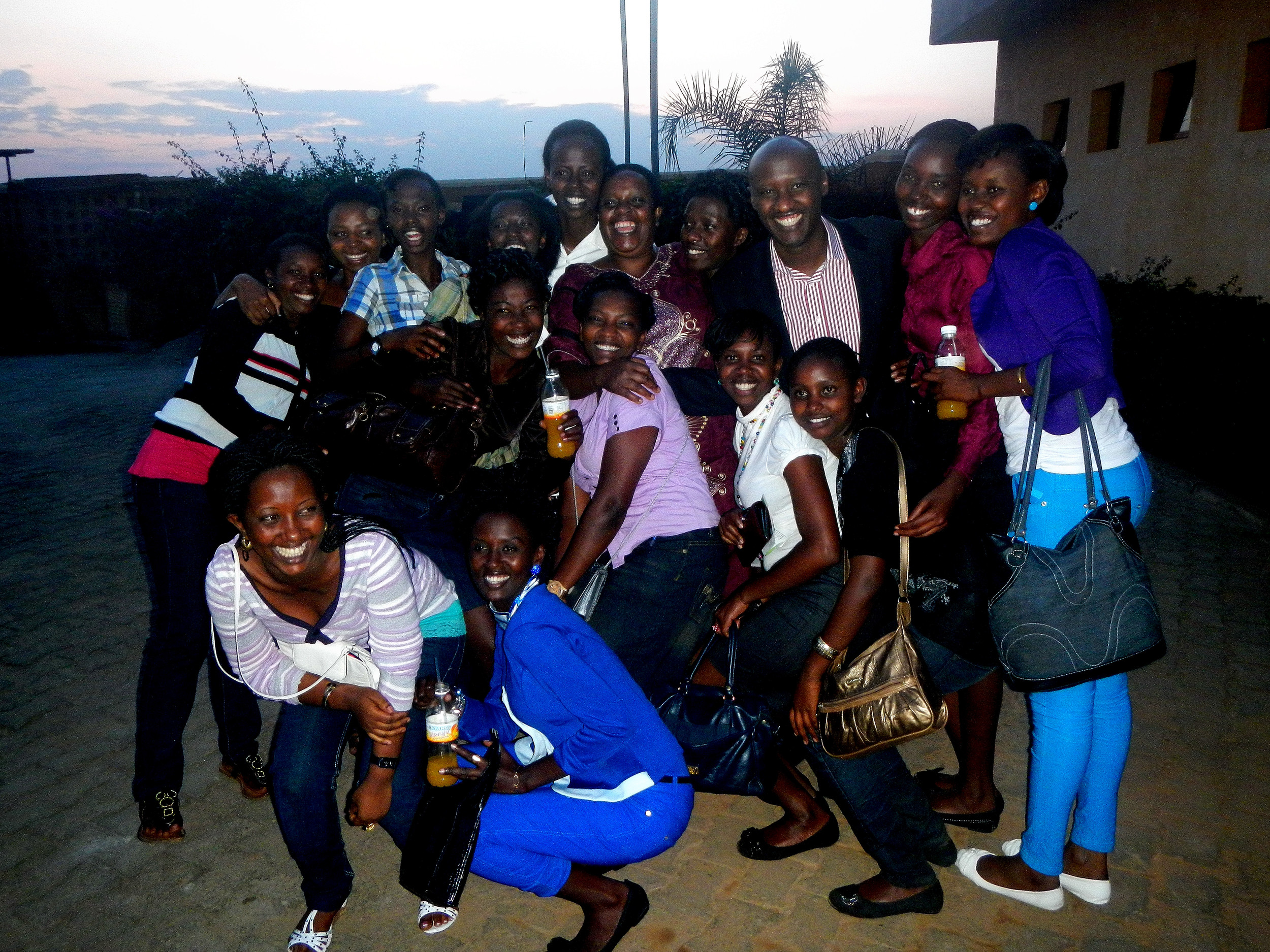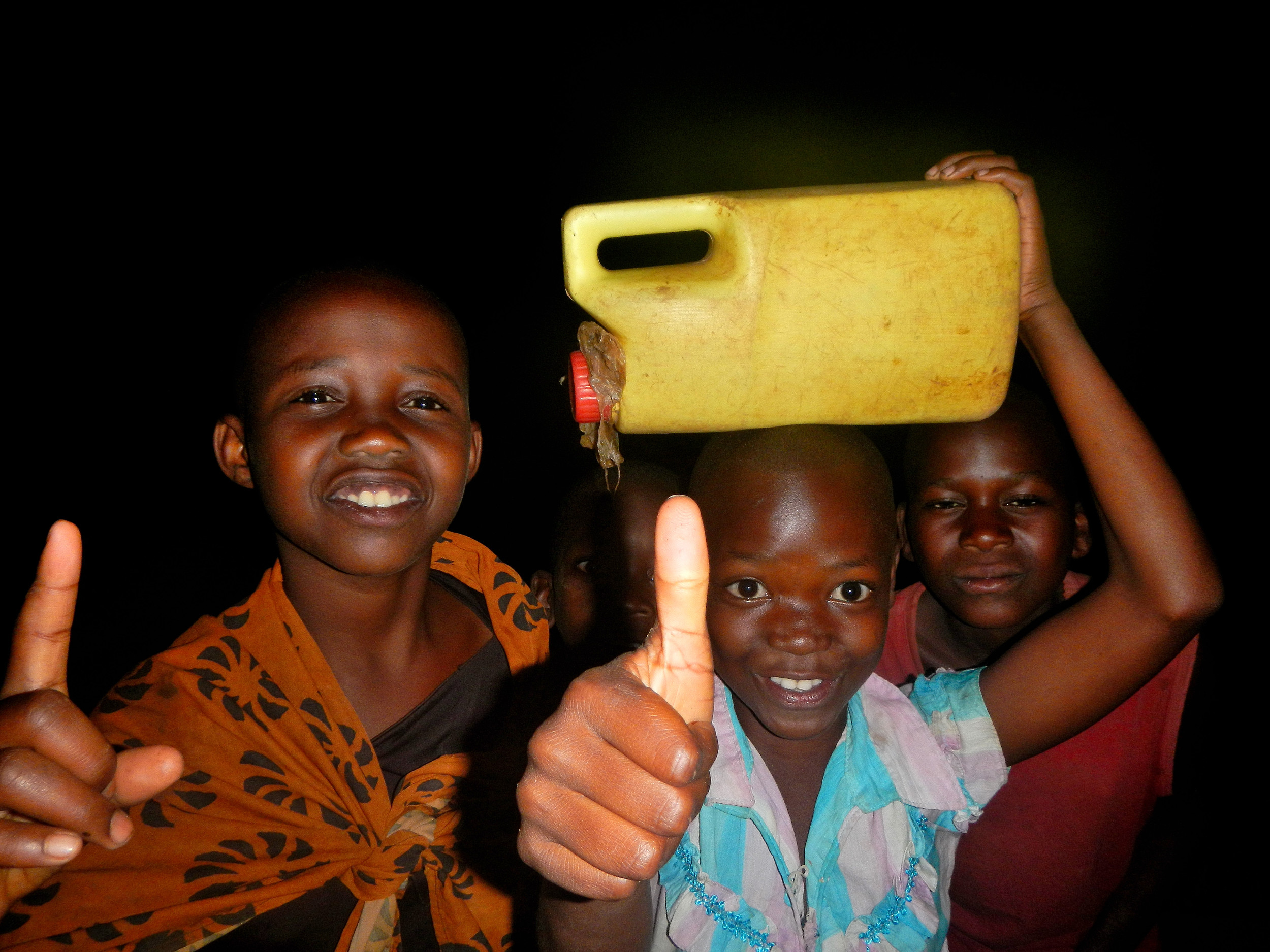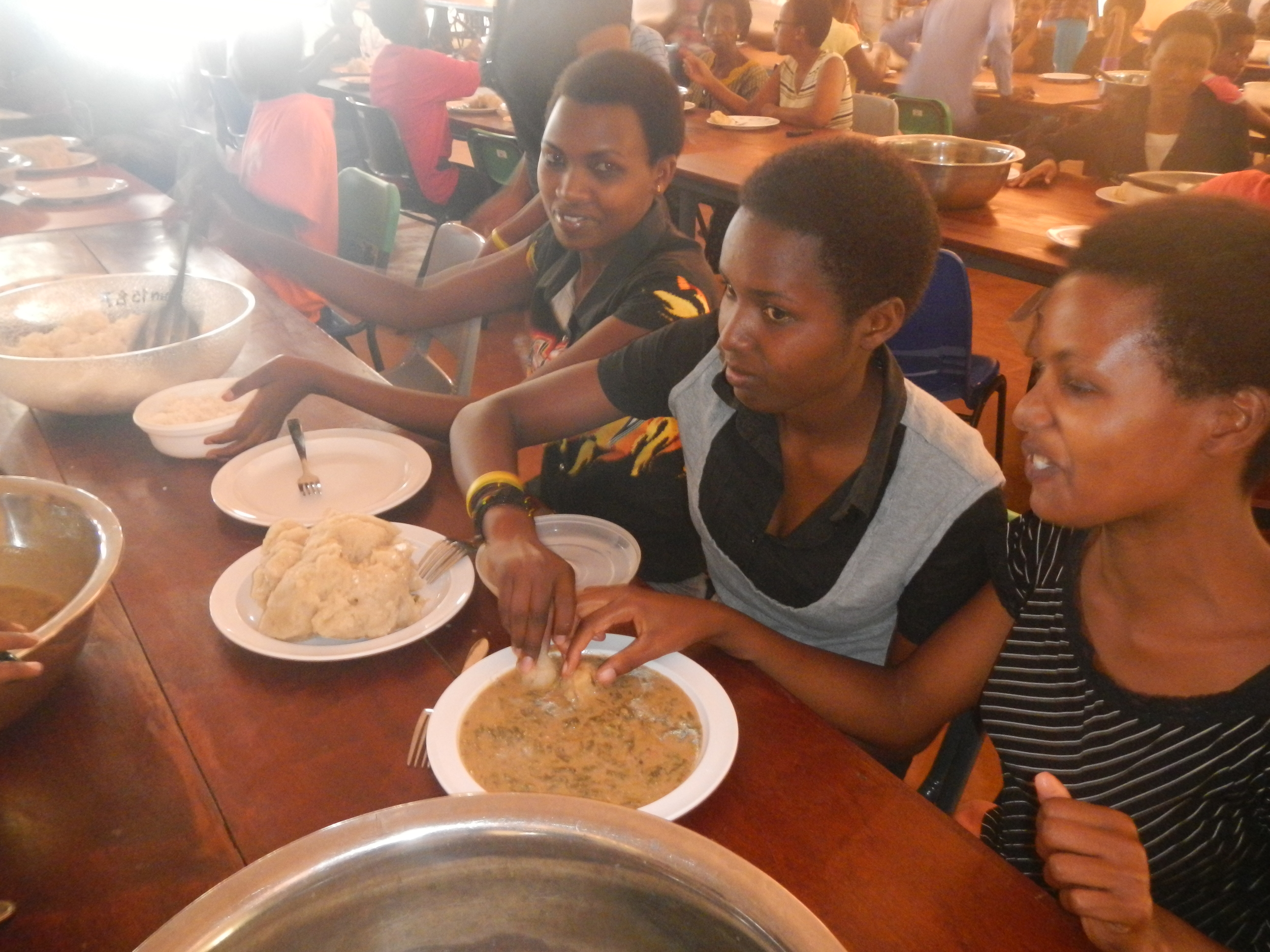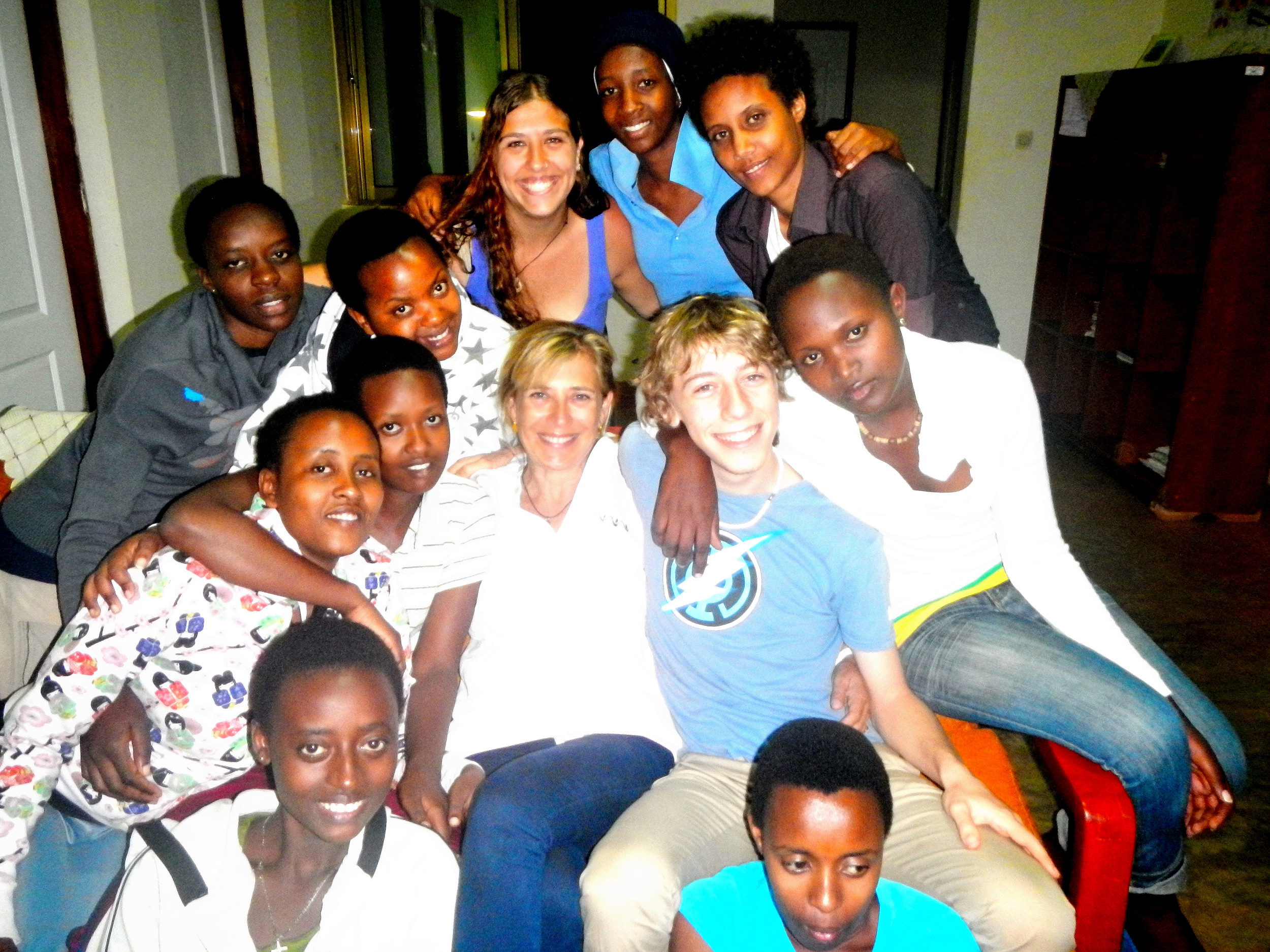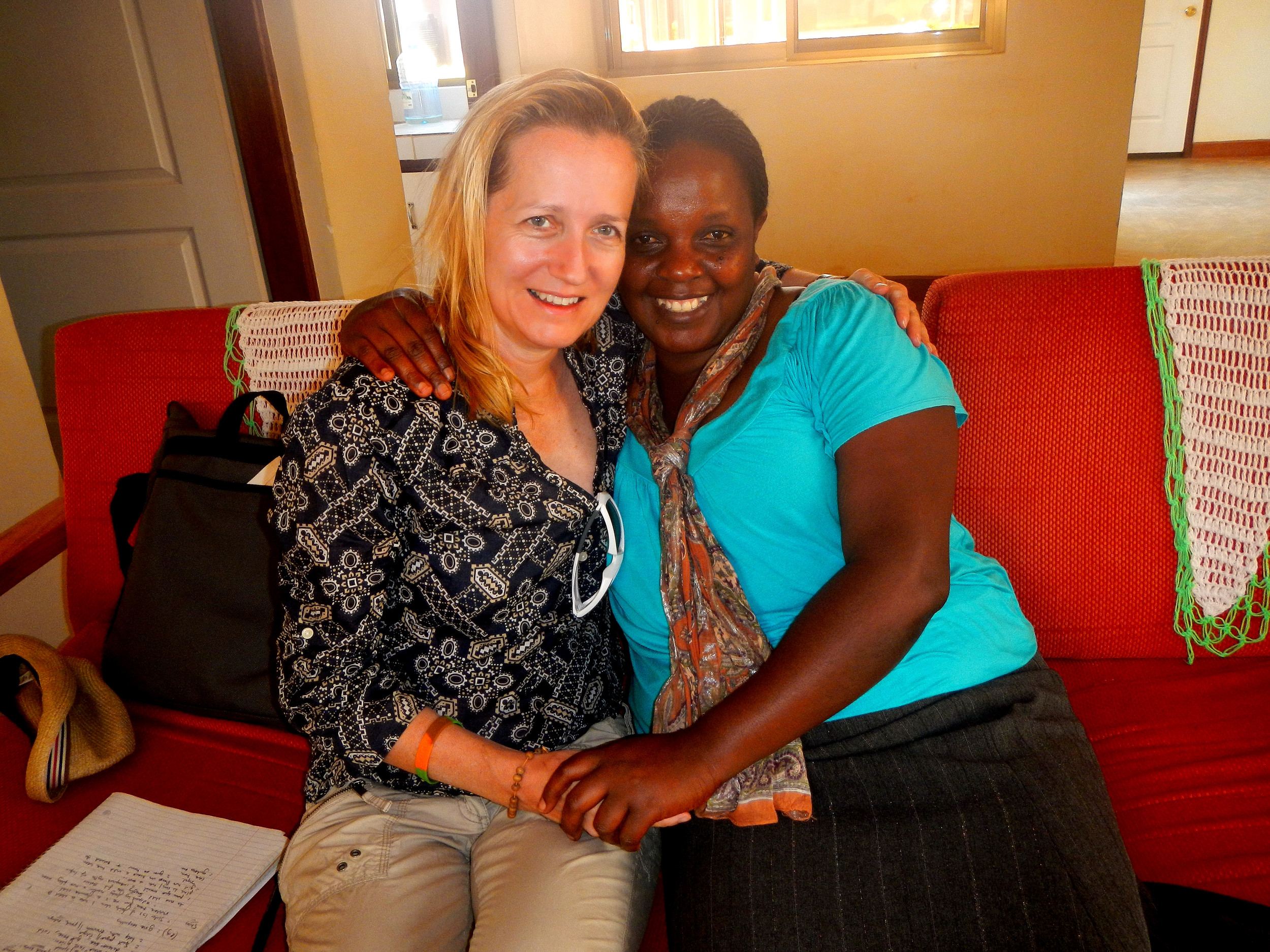*Eradicating Poverty and Protection of Farming Communities Imperative for Improving Livelihoods*
The integration of ‘Doing Good in Society,’ new approaches and practices continues to evolve, becoming further embedded in business and throughout the supply chain, raising the bar on industry performance and consumer loyalty.
In fact, according to a recent study, Profile of the Practice 2013, by the Carroll School of Management Center for Corporate Citizenship at Boston College, above-average industry performers are more likely to have a formal corporate citizenship department, led at the executive level, with higher budgets for corporate citizenship and charitable giving. Today, almost 60% of companies now have an executive leading corporate citizenship - a 74% increase over 2010.
However, the companies that will be the most successful industry performers and maintain consumer loyalty will be those who have a hybrid approach to protecting the planet providing benefits to business and improving the lives of people in rural communities.
With increasing volatility of climate change, world disasters and emerging markets, fueling radical change in business and community response models, it is imperative to close the gap between consumer expectations and perceptions about corporate responsibility impacts to transform brands, manage reputations and motivate talent.
A recap of the top issues and realities we face:
Widening Gap between Poverty and Inequality: Rates are high in the US and around the world with 46.5 million in the US and approximately 413 million in Africa. These populations fail to meet their most basic needs with shortages of food, clean water and lack of access to proper education.
Vulnerable Children: There are more than 151 million orphans and vulnerable youth worldwide who are in need of a loving family and a prosperous future.
Climate Change: Increasing drought, flooding, and changing climatic patterns are at the route of hunger and poverty. Deforestation is undermining the livelihoods of millions of people, requiring radical changes in farming practices and crop management.
Food Security and Agriculture: The United Nations Food and Agriculture Organization estimates that nearly 870 million people of the 7.1 billion people in the world, mostly living in developing countries, were suffering from chronic undernourishment in 2010-2012. This is due to not having enough land to grow, or income to purchase enough food.
Key predictions for 2014: Our ‘Knowledge-Driven’ Economy is Driving Market-Sector Relevance
Despite contributions from the private and public sectors, the social, cultural and environmental circumstances of populations in under-served markets remain complex and unsustainable requiring new approaches and investments to address poverty at the fundamental level.
Breaking down the systemic challenges of poverty is essential to protecting ecosystems to ensure the consistent provision of human needs such as food, health, shelter and education, while developing responsible goods and services in the marketplace.
The New Dynamics of Philanthropy: Traditional models of giving are changing to motivate innovative change, ensure integration across multiple disciplines, supply chain, new market access and product development strategies. These models will increasingly align giving at the heart of ‘People Connection’ and protecting families.
Investment in Rural Communities: More correlation and alignment between trade, new and existing market access is the focus of community investment. The co-creation of programs at the community-level with businesses, government and nonprofits aligned based on the market-sector needs of the economy is essential for growth and development:
- Public-Private Partnerships: Community approaches are raising the bar on more inclusive partnerships to improve livelihoods and represents considerable benefits including co-creation of community-driven and locally-owned models, provision of education, human needs, skills training and job creation;
- Focus on Farming Communities and Agriculture: A million ton cocoa shortage is anticipated by 2020 so supporting cocoa farmers in Africa and small-holder farming communities is key especially during times of drought;
- Creating Jobs in the Supply Chain: Investing in small- to mid- size companies in the supply chain to create jobs in rural communities;
- NGOs: Aligning with NGOs to develop new standards for community measurement and impact. Non-profits need help diversifying funding sources beyond individual donors, become less reliant on government funding, and seeking long-term partnerships and higher funding ranges with corporations.
Spotlight on Africa: More than 220 million Africans will join the middle class as consumers within five years, presenting opportunities to develop and sell more products and services. Africa is the world’s fastest growing region after emerging Asia and fostering new approaches for development challenges, while providing opportunities to life millions out of poverty.
Story Telling: Companies must improve how they share, advocate and demonstrate their CSR commitments, inform and enlist participation from the public at large with authenticity and transparency.
In Conclusion: Corporations, supported by NGOs and governments, have profound shared values and our society cannot mitigate pressing social, economic and environmental issues without adapting to our knowledge-driven economy and increasing demands from conscious-driven consumers.
By: Samantha Taylor - Founder of Reputation Dynamics

